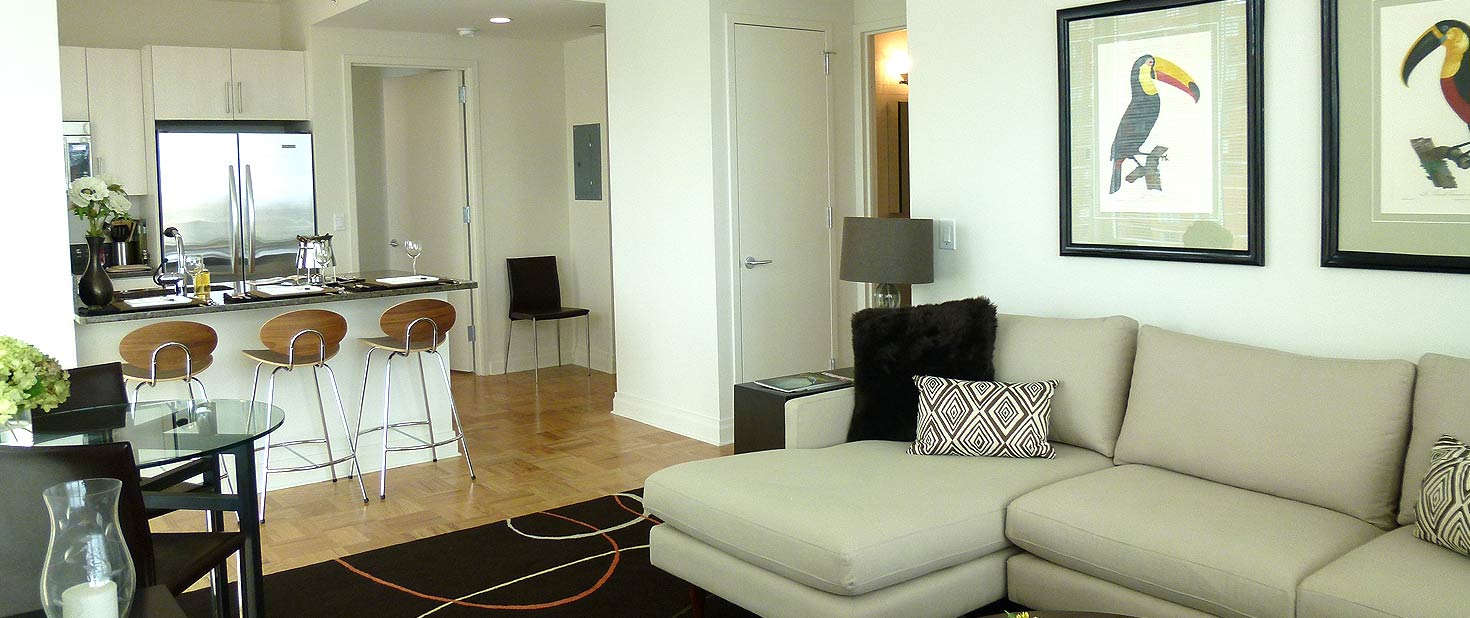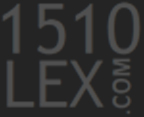Features & Amenities
- Condo Quality Finishes, Amenities & Services
- NYC’s 1st Non-Smoking Residential Building
- LEED Silver – Green Building
- Elegant Hotel-style Lobby with Cafe & Fireplace
- 24/7 Concierge
- All Residences with Washer/Dryer
- Green Roof Park with Secluded Seating Areas
In an enclave in Manhattan’s Upper East Side, at Lexington Avenue and 97th Street, 1510 Lex combines the convenience of the Lexington Avenue subway, just steps away, with Central Park only a three block stroll. 1510 Lex offers renters the luxuries of full service apartment living, including 24-hour concierge and on-site parking. 1510 Lex is distinguished by condominium quality features, including washers and dryers in every residence, walk-in closets, a TechnoGym equipped fitness center with Kinesis Wall and a landscaped roof park.
Features & Amenities
- Condo Quality Finishes, Amenities & Services
- NYC’s 1st Non-Smoking Residential Building
- LEED Silver – Green Building
- Elegant Hotel-style Lobby with Cafe & Fireplace
- 24/7 Concierge
- All Residences with Washer/Dryer
- Green Roof Park with Secluded Seating Areas
In an enclave in Manhattan’s Upper East Side, at Lexington Avenue and 97th Street, 1510 Lex combines the convenience of the Lexington Avenue subway, just steps away, with Central Park only a three block stroll. 1510 Lex offers renters the luxuries of full service apartment living, including 24-hour concierge and on-site parking. 1510 Lex is distinguished by condominium quality features, including washers and dryers in every residence, walk-in closets, a TechnoGym equipped fitness center with Kinesis Wall and a landscaped roof park.










